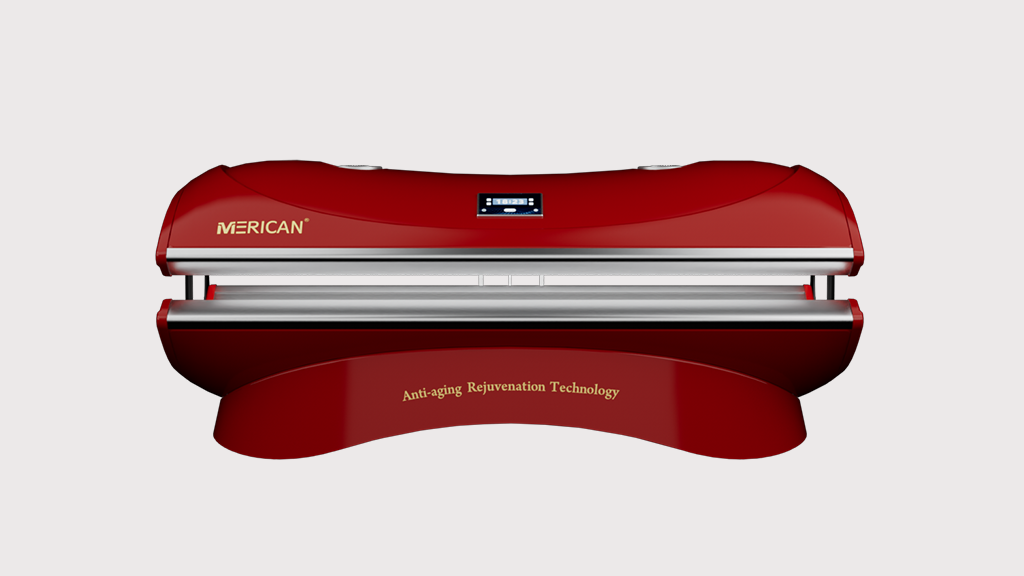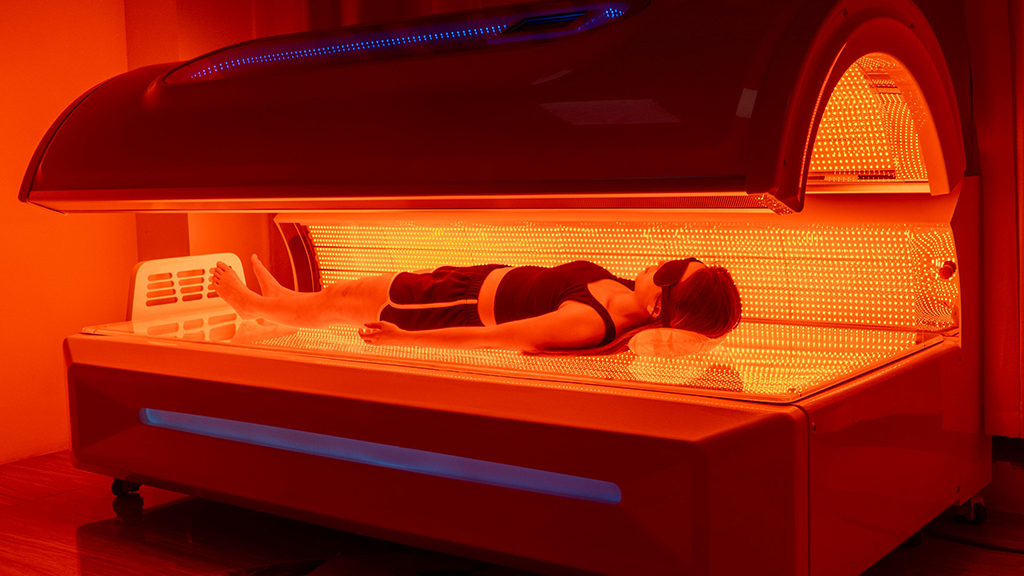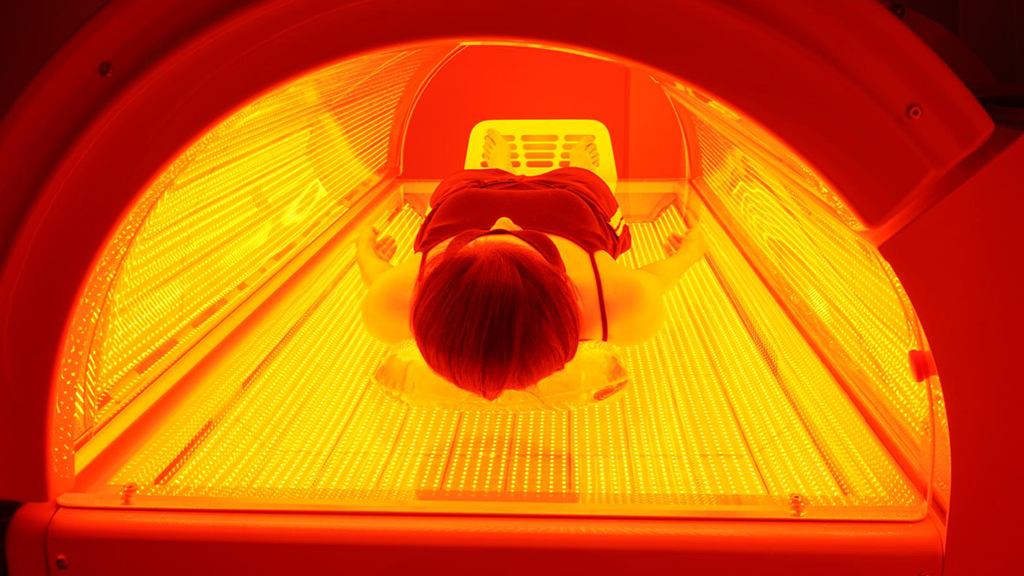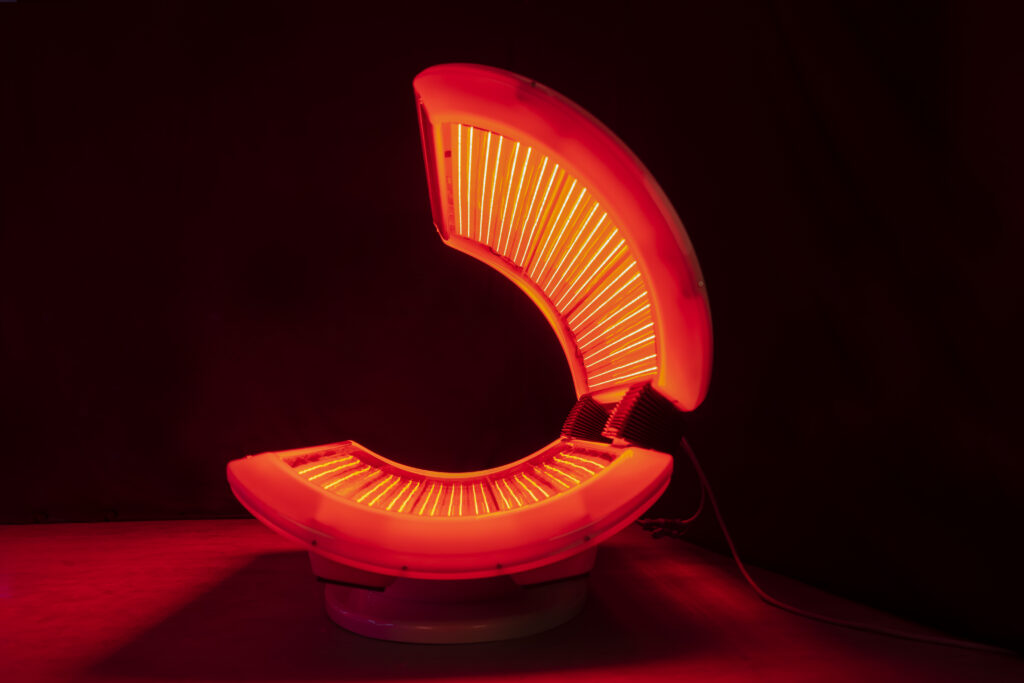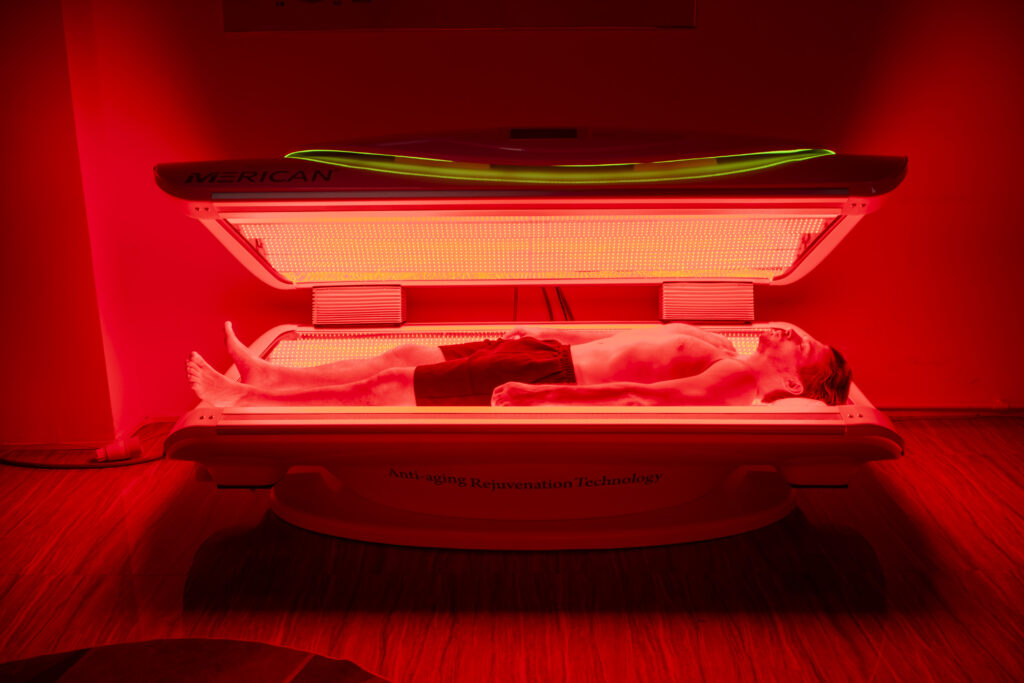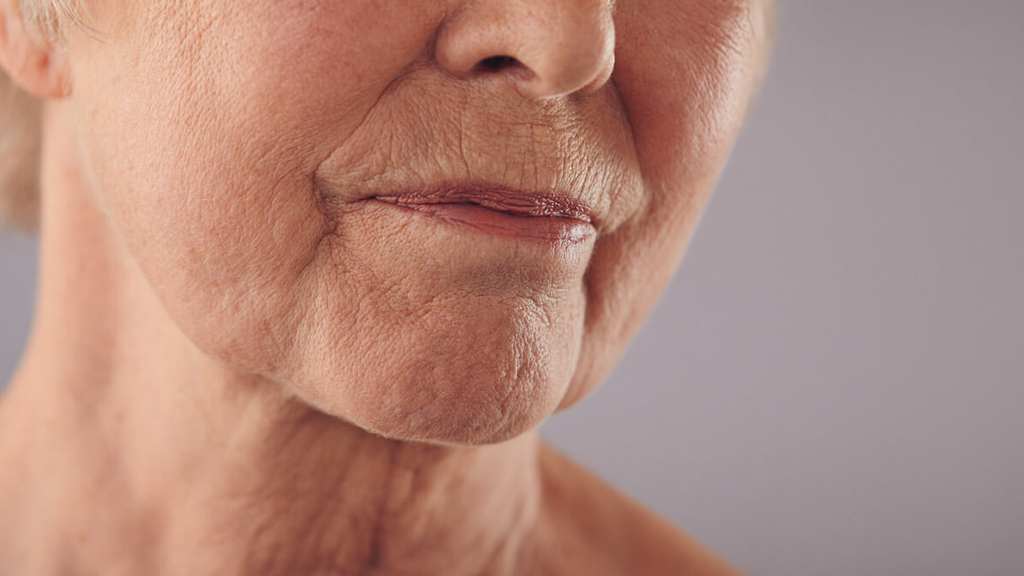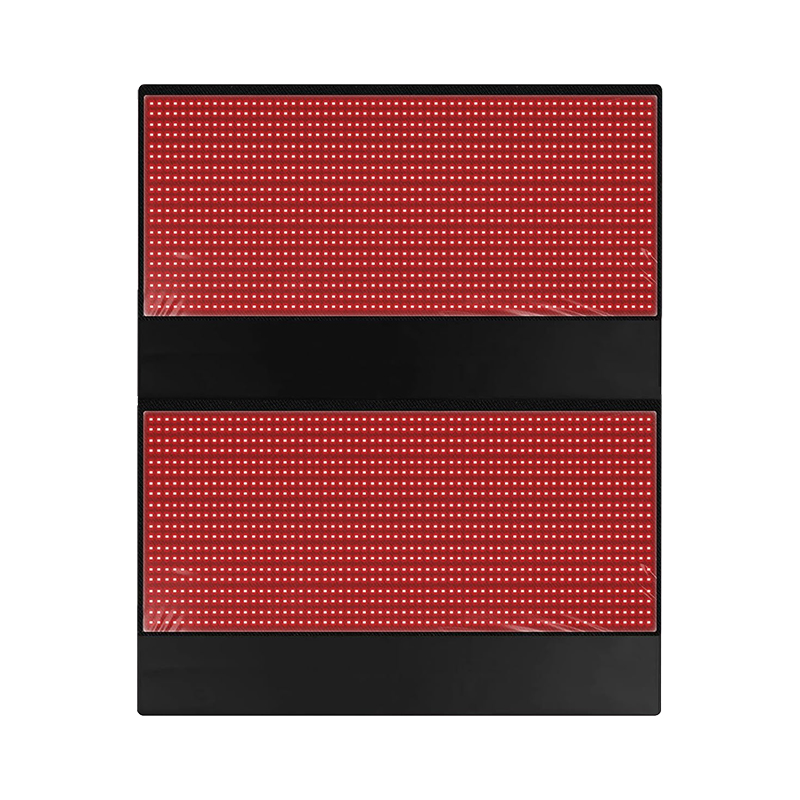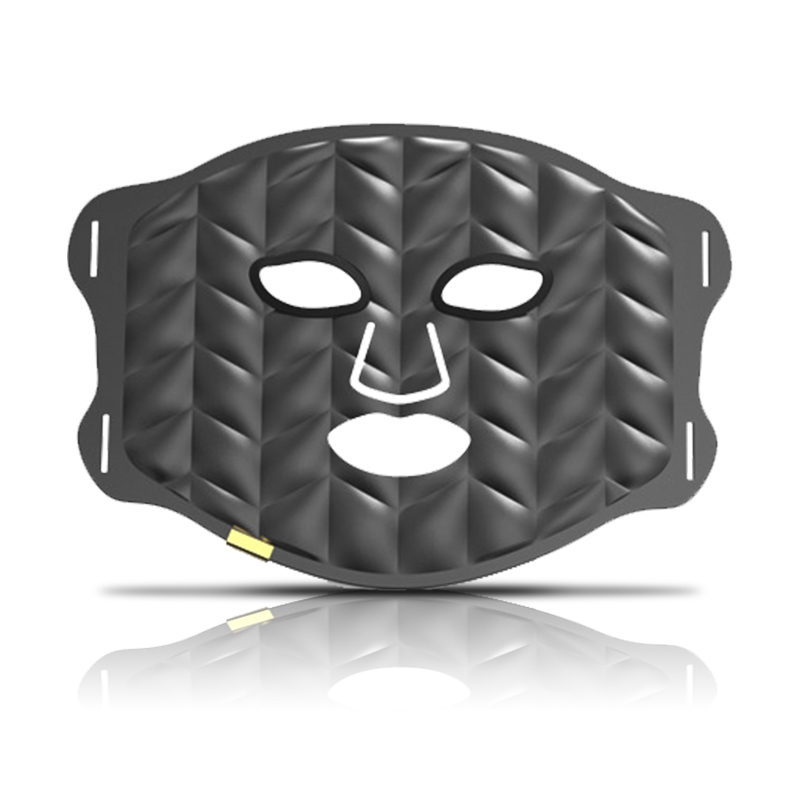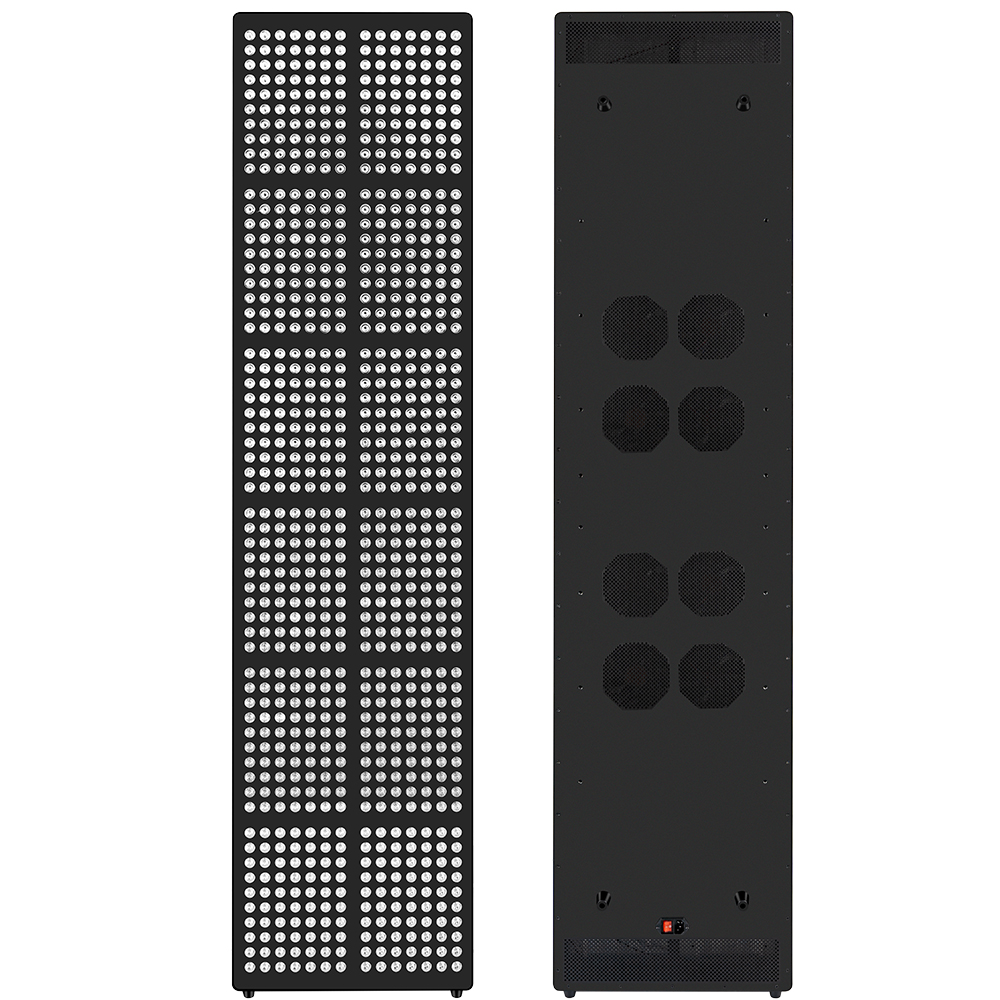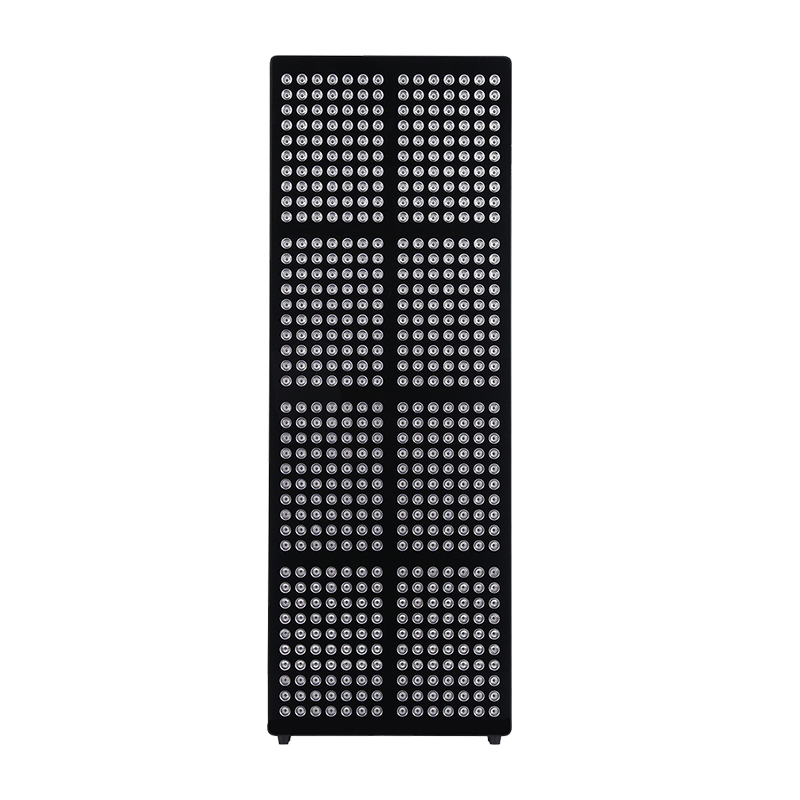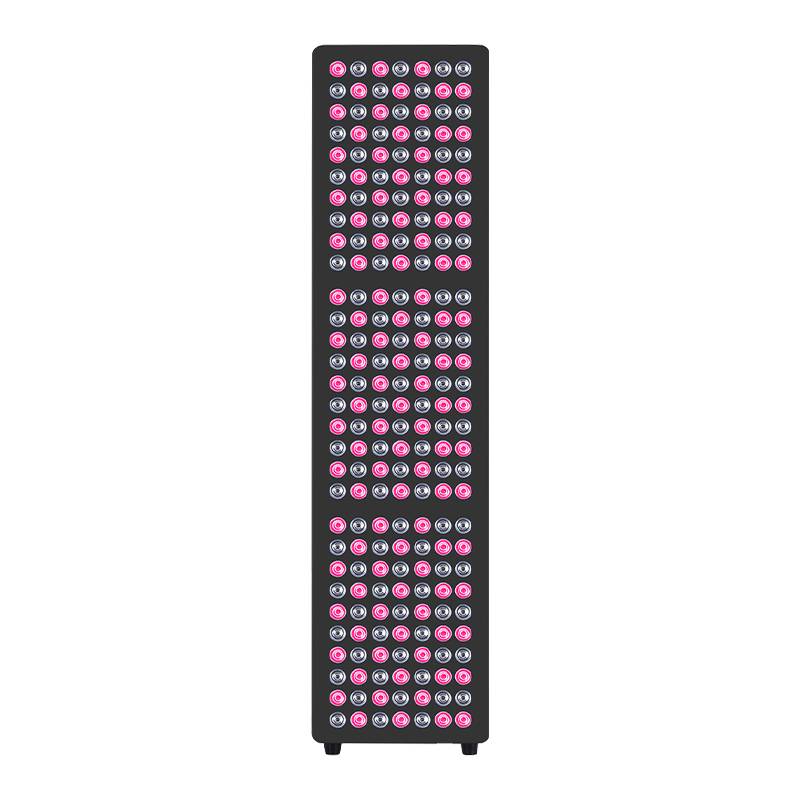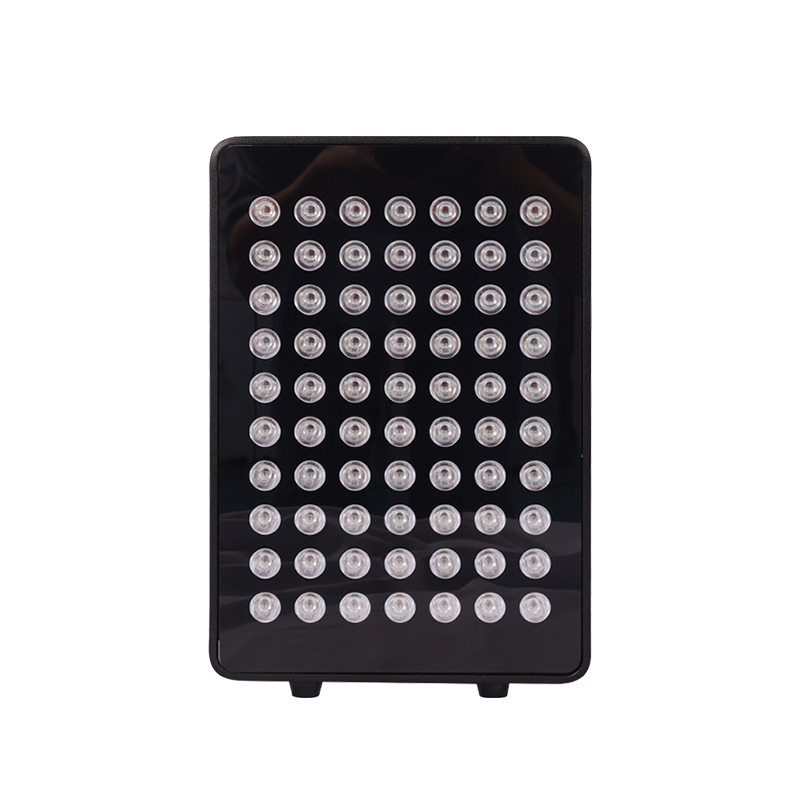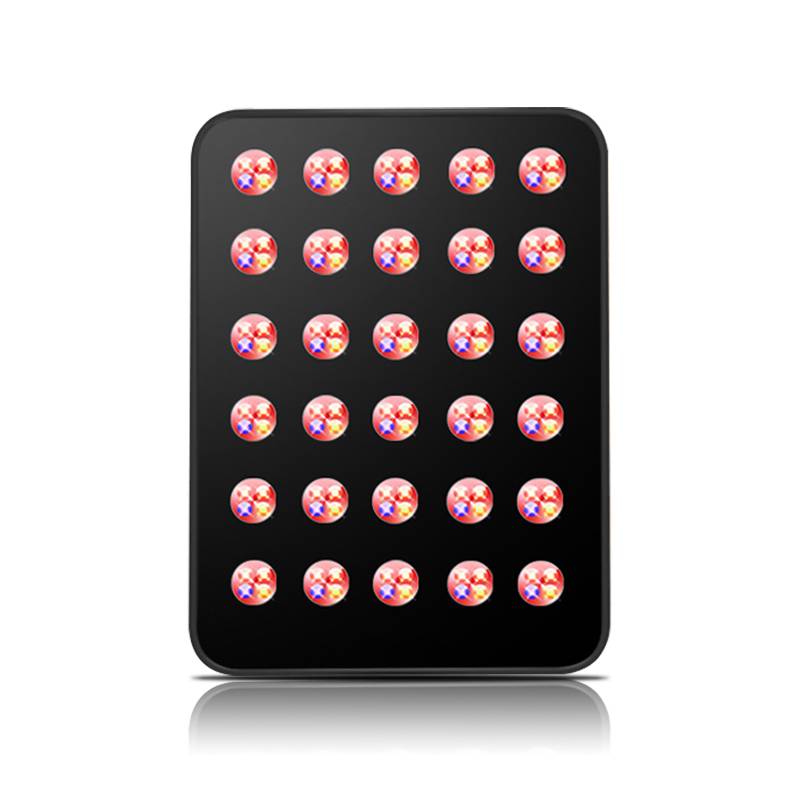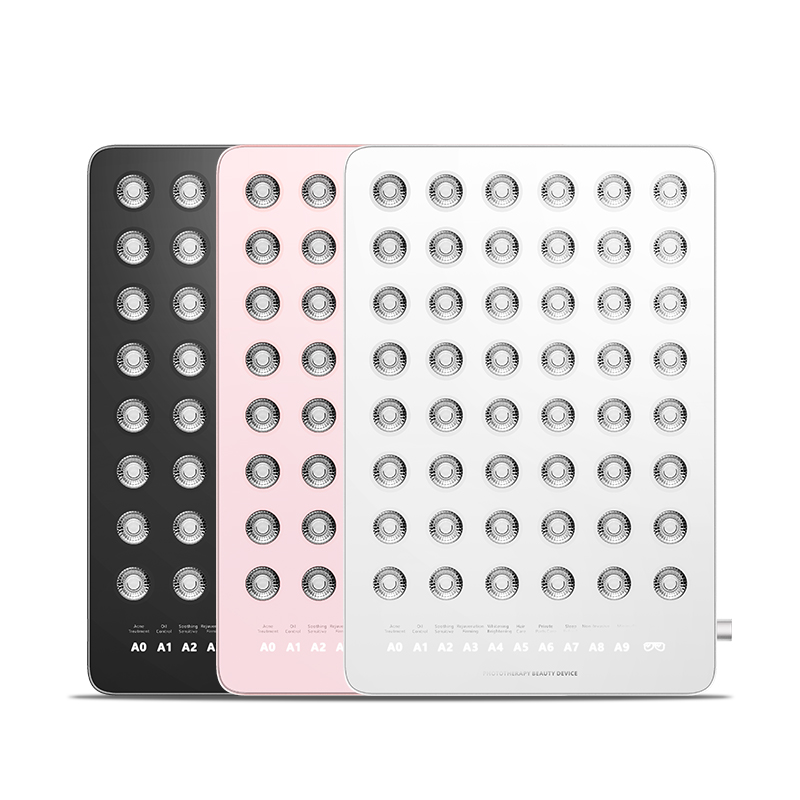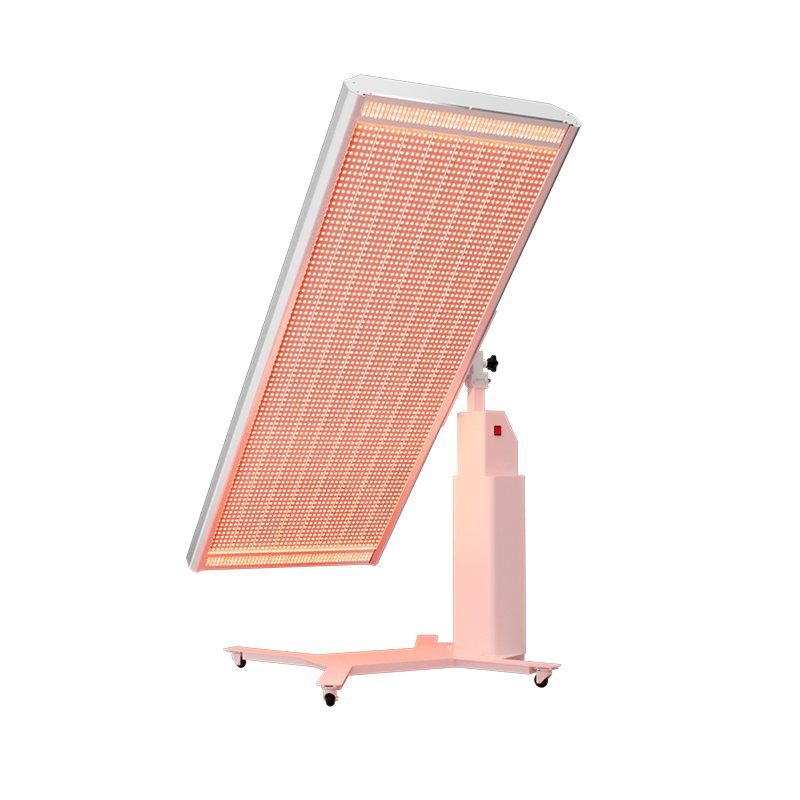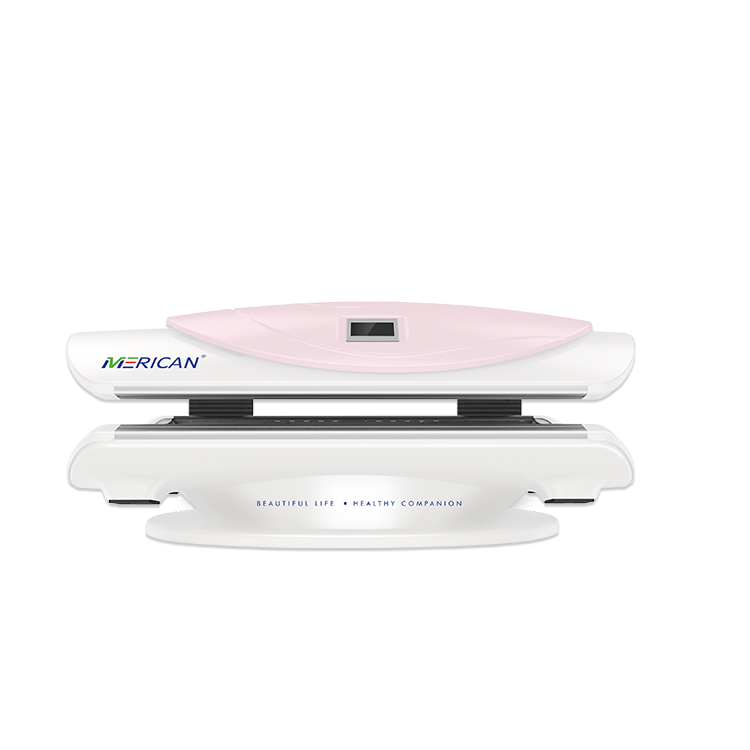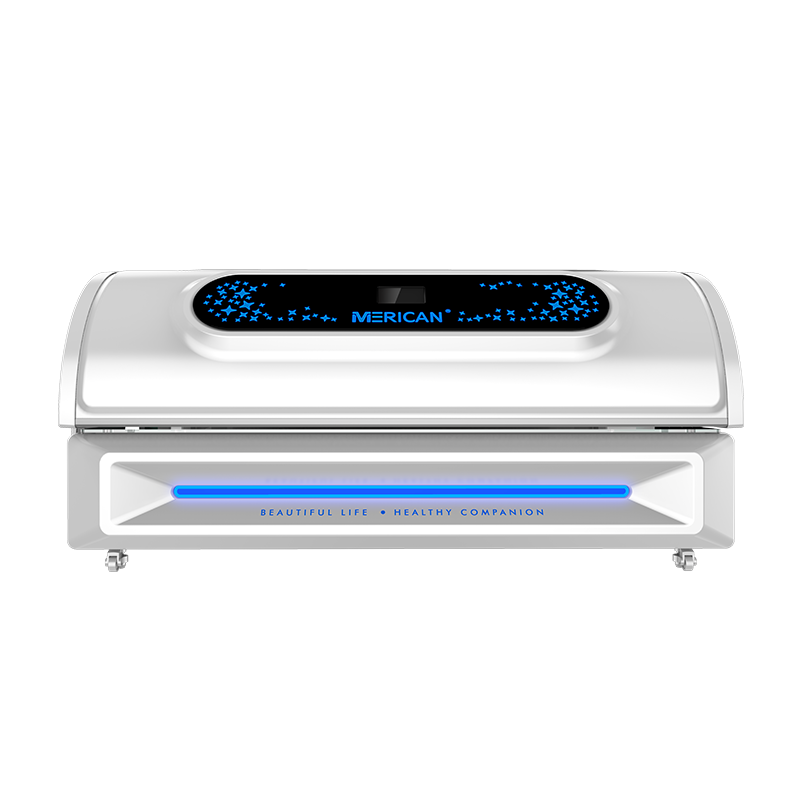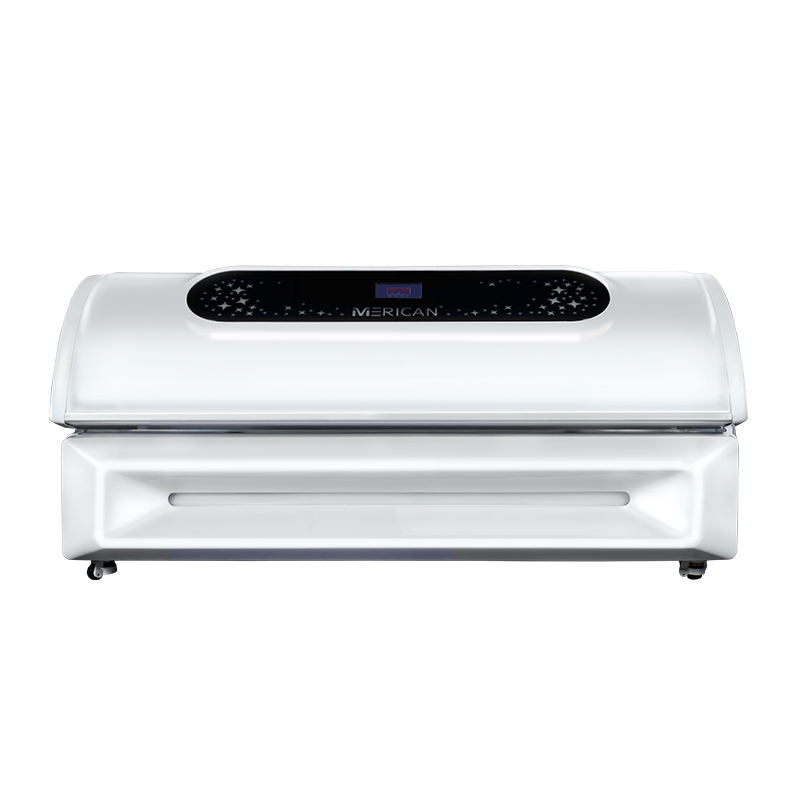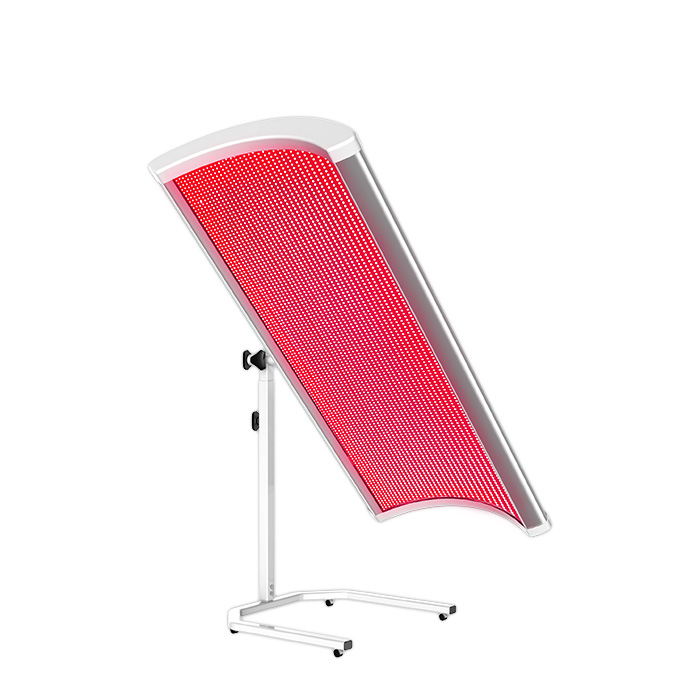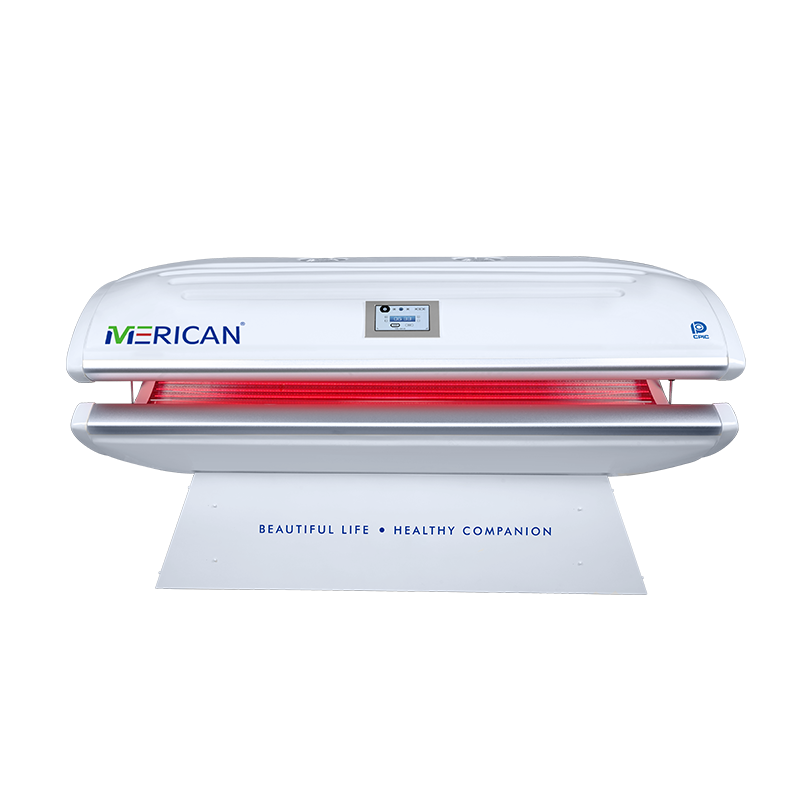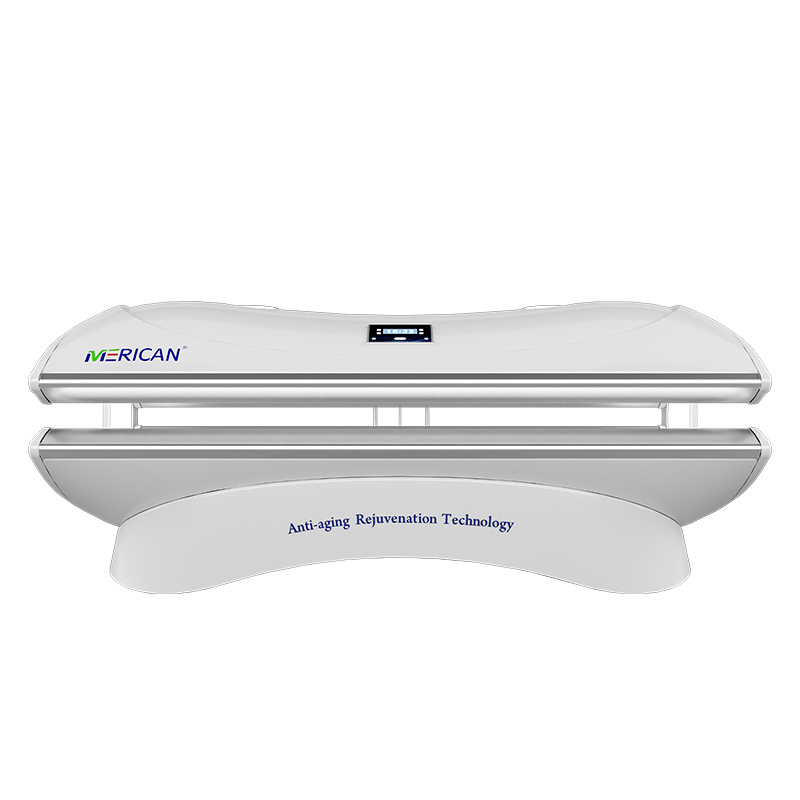Rotlichttherapie has gained popularity as a wellness treatment for various health benefits, including improving sleep quality. With increasing interest in natural ways to enhance rest, many people are wondering: Should you use red light therapy before bed?
In diesem Artikel, we’ll explore the benefits and potential downsides of using red light before sleep, as well as how to use it effectively for the best results. Come and take a look!
Red Light Therapy and Its Benefits

Was ist Rotlichttherapie??
Red light therapy is a non-invasive treatment that involves exposing the skin to specific wavelengths of red light, typically ranging between 600-650 nm. These wavelengths of light are carefully selected for their ability to penetrate the skin’s layers and reach the cells beneath.
Once absorbed, the light stimulates cellular repair and regeneration, Heilung fördern, Entzündungen reduzieren, and enhancing overall skin health.
Vorteile der Rotlichttherapie
- Reduces Wrinkles and Fine Lines
Red light therapy stimulates collagen production, which can help reduce the appearance of wrinkles and fine lines, promoting smoother, jünger aussehende Haut.
- Fades Scars and Blemishes
Red light helps heal scars and acne blemishes by encouraging tissue repair and reducing inflammation.
- Stimulates Cellular Regeneration
Red light penetrates the skin layers, triggering mitochondrial activity, which boosts cellular energy and accelerates the repair of damaged tissues.
- Wundheilung
It can speed up the healing process of cuts, bruises, and surgical wounds by improving circulation and stimulating collagen production.
- Promotes Pain Relief
By decreasing inflammation and increasing blood flow to affected areas, red light therapy can provide natural pain relief for conditions such as back pain and tendonitis.
- Reduces Symptoms of Depression
Exposure to red light may help alleviate symptoms of depression and anxiety by influencing the production of serotonin and other mood-regulating hormones.
- Verbessert die Schlafqualität
Rotlichttherapie, especially when used before bed, may help improve sleep by stimulating the production of melatonin, a hormone that regulates the sleep-wake cycle.
How Red Light Therapy Affects Sleep
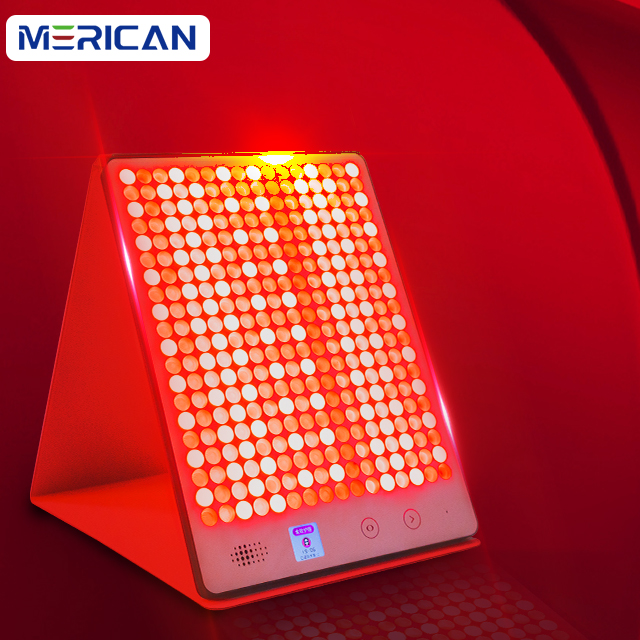
Boosting Melatonin Production
Exposure to red light in the evening helps to stimulate melatonin production, a hormone that regulates your sleep-wake cycle. Higher melatonin levels naturally make it easier to fall asleep.
Regulating the Circadian Rhythm
Red light helps reset the body’s internal clock by mimicking the natural light of the evening. This allows the body to relax and align with its natural sleep rhythm.
Improved Sleep Quality
Red light therapy before bed can lead to better sleep quality by encouraging deeper, more restorative sleep cycles, which leaves you feeling refreshed the next day.
Bad Effect of Red Light
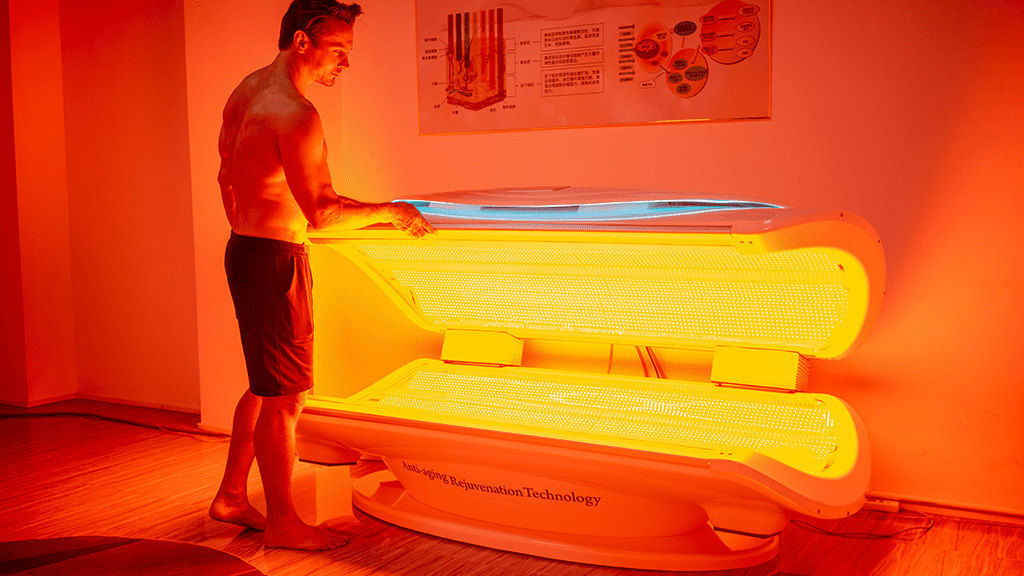
Some individuals may experience mild side effects from red light therapy, such as skin irritation or headaches. If you notice any adverse reactions, discontinue the use of the device and consult your doctor.
Potential Disruption of Sleep
While red light for sleep can be beneficial, excessive exposure, particularly in the wrong setting, may cause overstimulation. It’s crucial to use the right duration and intensity to avoid interfering with your sleep.
Overuse or Prolonged Exposure
Overusing a red light sleep therapy device or leaving it on for too long might create a paradoxical effect, making it harder for some individuals to fall asleep.
Eye Discomfort or Strain
Direct exposure to red lights for bedroom lighting, particularly in high-intensity settings, might lead to eye strain or discomfort. It’s important to use the therapy safely and comfortably, avoiding prolonged direct contact with bright lights.
Other Mild Side Effects
Some users report mild side effects, such as headaches or dizziness, if they use red light therapy improperly. Start with shorter sessions and adjust as needed.
When is the Best Time to Use Red Light Therapy?
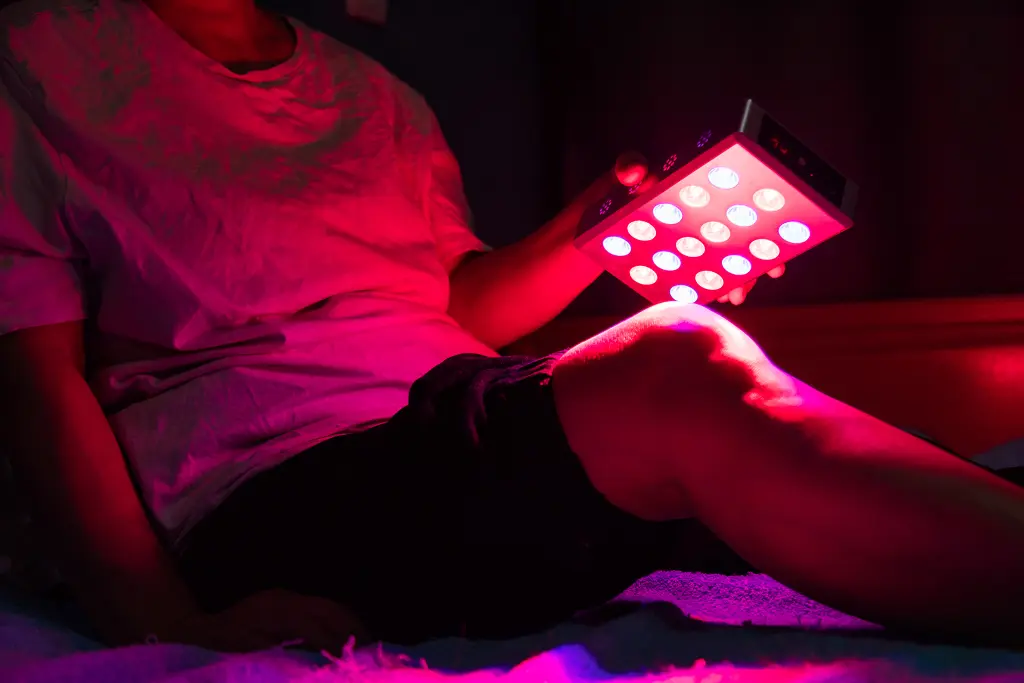
Duration of Use
The duration of red light therapy before bed can vary based on the type of device you’re using and your personal preferences. Most experts suggest starting with short sessions lasting 10 Zu 20 Minuten.
You can sit in front of a red light therapy device or position it to target your body as you relax and wind down. Many users report that even brief exposure to red light can promote a sense of calm and help their bodies transition smoothly into sleep mode.
Use Period
A great time to use red light therapy is at night, um 20-30 Minuten vor dem Schlafengehen. This helps promote relaxation and prepares your body for a restful night’s sleep. You can also use it in the morning to help wake you up and boost alertness for the day ahead.
To enhance the Vorteile der Rotlichttherapie, avoid using bright or blue lights (such as from electronic devices). These can interfere
Reason Why Choose Us

Merican Offers Help
Our commitment to health is reflected in our groundbreaking Red Light Therapy, which focuses on customized product development and service. Von der globalen ISO akkreditiert 9001 Qualitätssystem, Merican unterhält überlegene Standards mit einem erstklassigen Qualitätsmanagementteam.
We aimed to let red light therapy beds be designed to deliver therapeutic benefits without needles or incisions, sie zu einer sicheren und effektiven Wahl für Personen jeden Alters und aller Hauttypen machen. You can trust our safety and efficacy working process here.
Abschluss
Zusammenfassend, using red light therapy before bed can be an effective way to enhance sleep quality. It promotes melatonin production and helps regulate your circadian rhythm, leading to more restful sleep.
Jedoch, it’s essential to use red light in moderation. Avoid overexposure, and make sure you’re using the appropriate device for the recommended duration.
If you’re considering adding red light therapy to your nightly routine, try incorporating red lights into your bedroom and experiment with the timing and duration to discover what works best for you.
FAQs
Is it more effective to do red light therapy in the morning or at night?
The best time of day for red light therapy depends on your personal goals. Morning sessions can boost energy and enhance performance, while evening sessions can promote relaxation and improve sleep quality.
Is sleeping with red light beneficial?
It may improve your sleep. Während mehr Forschung erforderlich ist, the current evidence seems to indicate that red light at night doesn’t disturb sleep. If you want to try red light for better sleep, choose products that emit red light wavelengths instead of bulbs that are simply tinted red.
What does red light do to your brain?
Application of red/NIR light improves mitochondrial function (especially in hypoxic/compromised cells) promoting increased adenosine triphosphate (ATP) important for cellular metabolism. That can mean clearer, sharper thinking.
What color light is the best for sleep?
The best night light colors for sleep are red and amber, as they are warm and soothing colors that promote a good night’s sleep. It’s thought that colors close to red on the light spectrum stimulate melatonin production. Red light has a lower color temperature than regular sunlight, making it ideal for sleep.

